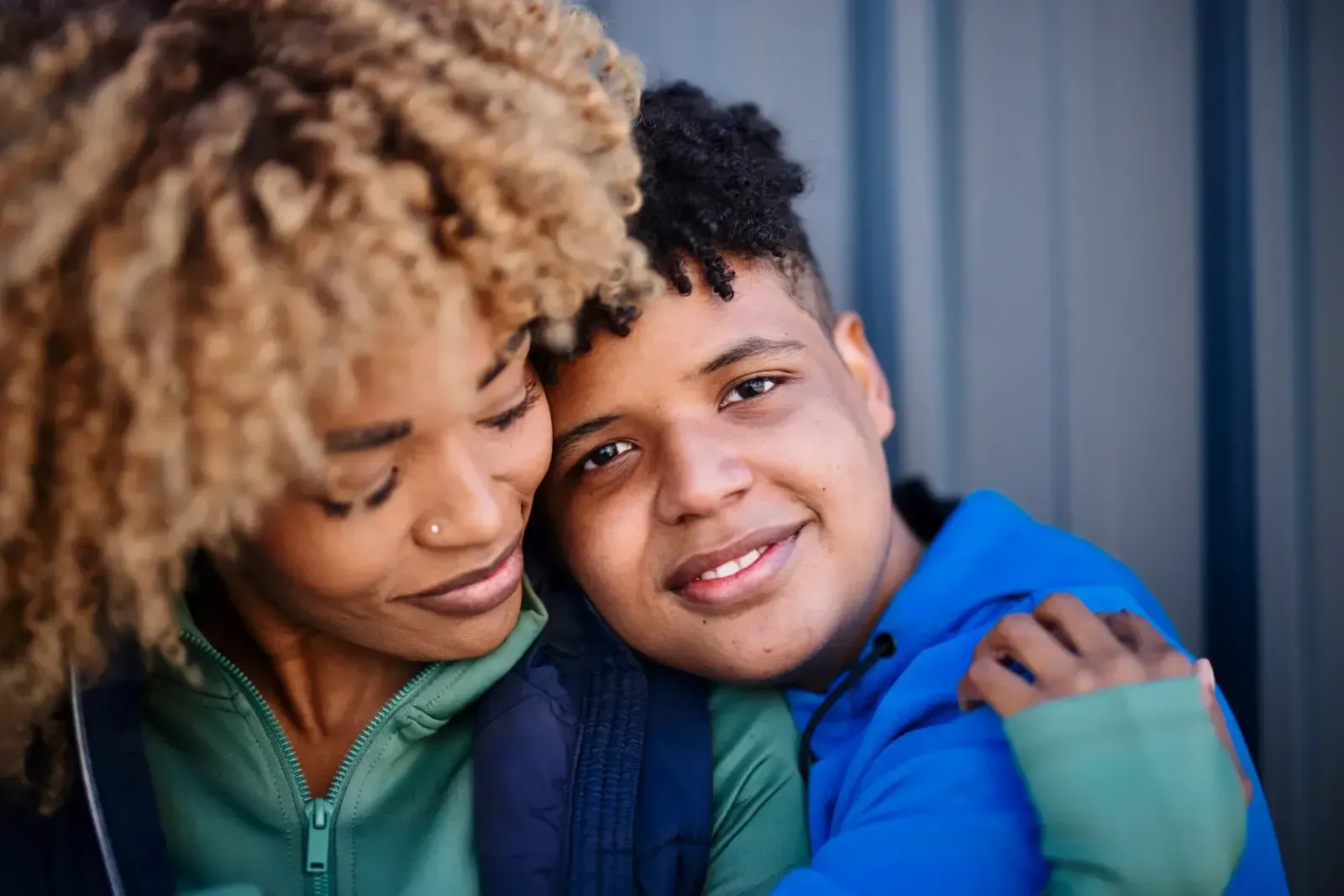Explore Our Blog
Anger & Domestic Violence – Part 4: The Warning Signs – When Anger Turns Dangerous in Relationships
Advance Minds Blog
A safe space to explore subjects within the community such as mental health, substance abuse and personal identity.
Our safe space also provides the opportunity for real individuals to express their hardships and success through writing.
Anger itself isn’t the problem—it’s how it’s expressed. In healthy relationships, anger is managed through open communication and mutual respect.

But in abusive relationships, anger often becomes a weapon.
Recognizing when anger has crossed the line into danger can be life-saving.
🚩 Anger That Controls, Intimidates, or Instills Fear
One of the clearest warning signs is when someone uses their anger to control or scare their partner.
This can look like:
- Yelling or screaming to silence others
- Destroying property during arguments
- Threatening violence (even if it’s not acted on)
- Using body language (like blocking a doorway) to intimidate
- These behaviors aren’t just signs of a bad temper—they’re signs of control.
🧠 Emotional Abuse Hides Behind Anger
Not all dangerous anger looks physical. Often, it shows up as:
- Constant criticism or put-downs
- Blaming the partner for “making” them angry
- Gaslighting (making the partner question their reality)
- Withholding affection or giving the silent treatment after outbursts
These patterns can deeply harm a person’s confidence, mental health, and sense of safety.
⚠️ When You Start to Walk on Eggshells
If you’re constantly adjusting your words or actions to avoid “setting them off,” that’s a red flag.
Fear should never be the foundation of a relationship.
Love isn’t supposed to feel like a battlefield.
💔 The Escalation Pattern
Dangerous anger often follows a cycle:
- Tension builds – irritability, criticism, control
- Explosion – verbal, emotional, or physical outburst
- Apology or excuse – “I didn’t mean it,” “It was the stress,” “You know I love you”
- Calm –
things seem fine… until the cycle begins again
Recognizing this cycle early is key to preventing further harm.
🔍 What Healthy Anger Looks Like
In contrast, safe expressions of anger include:
- Using “I” statements without blame
- Listening to each other’s perspectives
- Taking time to cool off without threats
- Resolving issues without fear or punishment
- Healthy relationships make space for anger without making it dangerous.
💬 When You’re Not Sure if It’s Abuse
Trust your instincts. If you’re questioning whether something is okay—it probably isn’t.
You don’t need bruises for it to count.
Emotional scars are real, and they matter.
Talking to a counsellor or trusted support person can help you see things more clearly.
🌿 Final Thoughts 💞🌈
Anger becomes dangerous when it’s used to dominate, manipulate, or harm.
You deserve to feel safe in your relationship—emotionally, physically, and mentally.
If something doesn’t feel right, it’s worth paying attention to.
Safety always comes first.
And help is available.

















